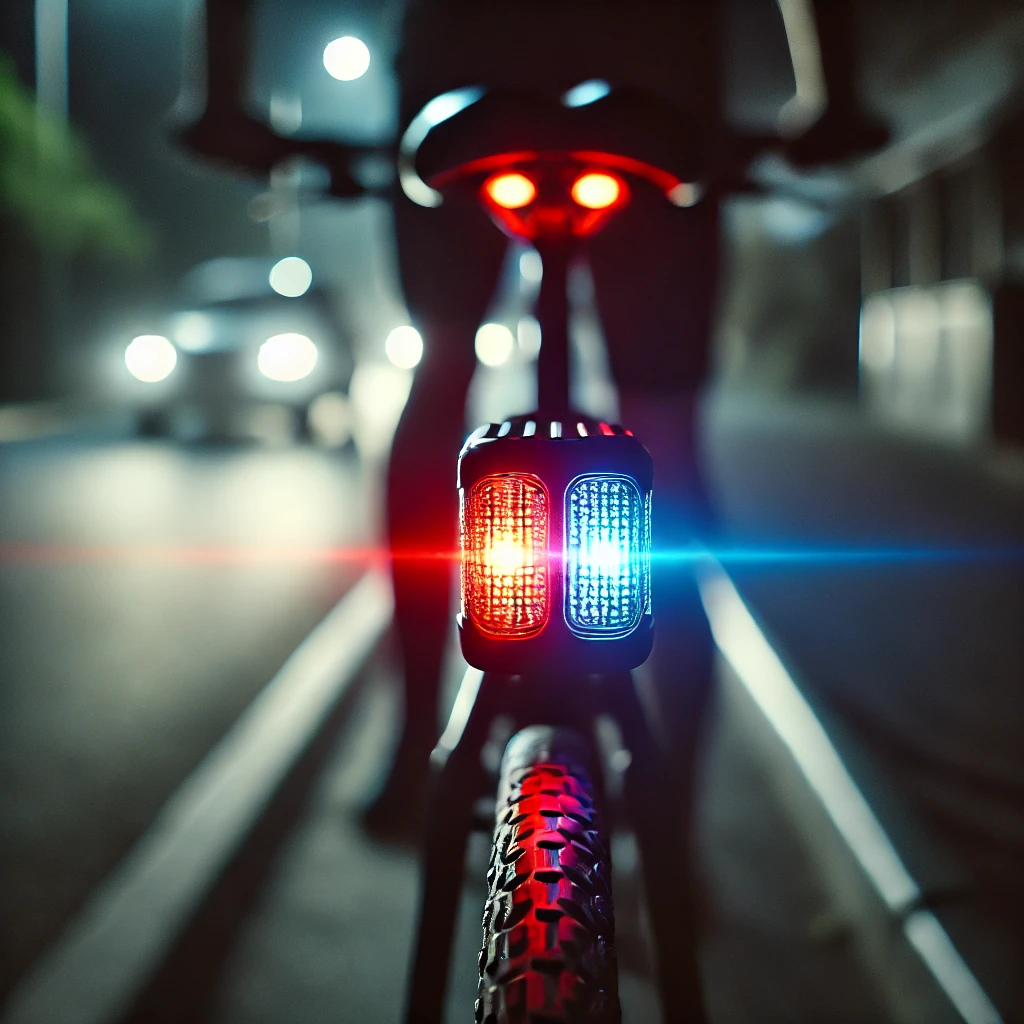With growing traffic congestion in cities, bicycles have become a favored mode of transportation for both commuters and recreational riders. However, cycling at night presents safety risks, as cyclists are less visible to drivers. A simple yet effective way to address this issue would be to mandate the use of flashing red and blue tail lights for all bicycles at night. While this requirement would undoubtedly enhance safety for cyclists, it also offers an unexpected benefit—a perceived increase in police presence on the streets, at no additional cost.
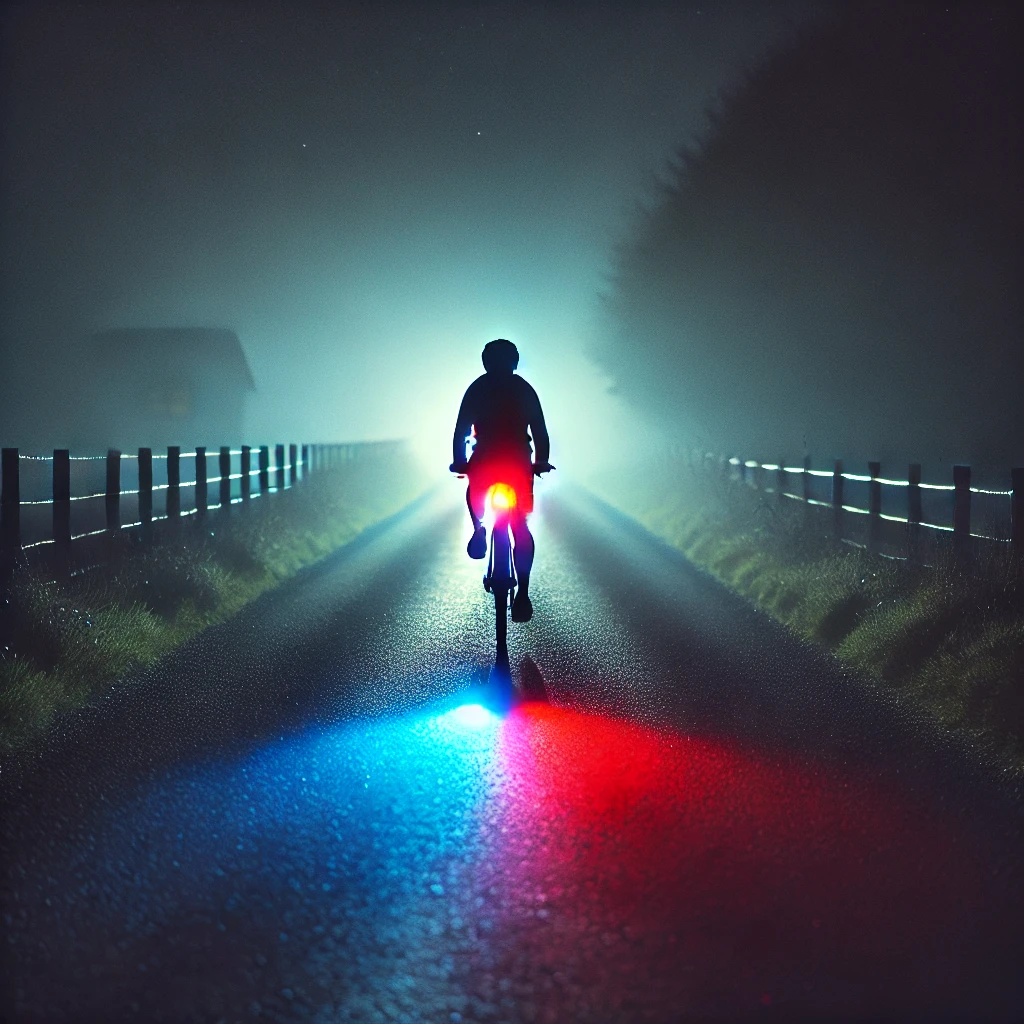
Enhancing Cyclist Visibility at Night
One of the primary reasons to implement this change is to make cyclists more visible to drivers at night. Flashing red lights are already commonly used by cyclists, but the addition of blue lights adds a new layer of attention-grabbing visibility. Red lights are a familiar signal at the rear of vehicles, but blue lights, often associated with emergency services, instinctively attract attention.
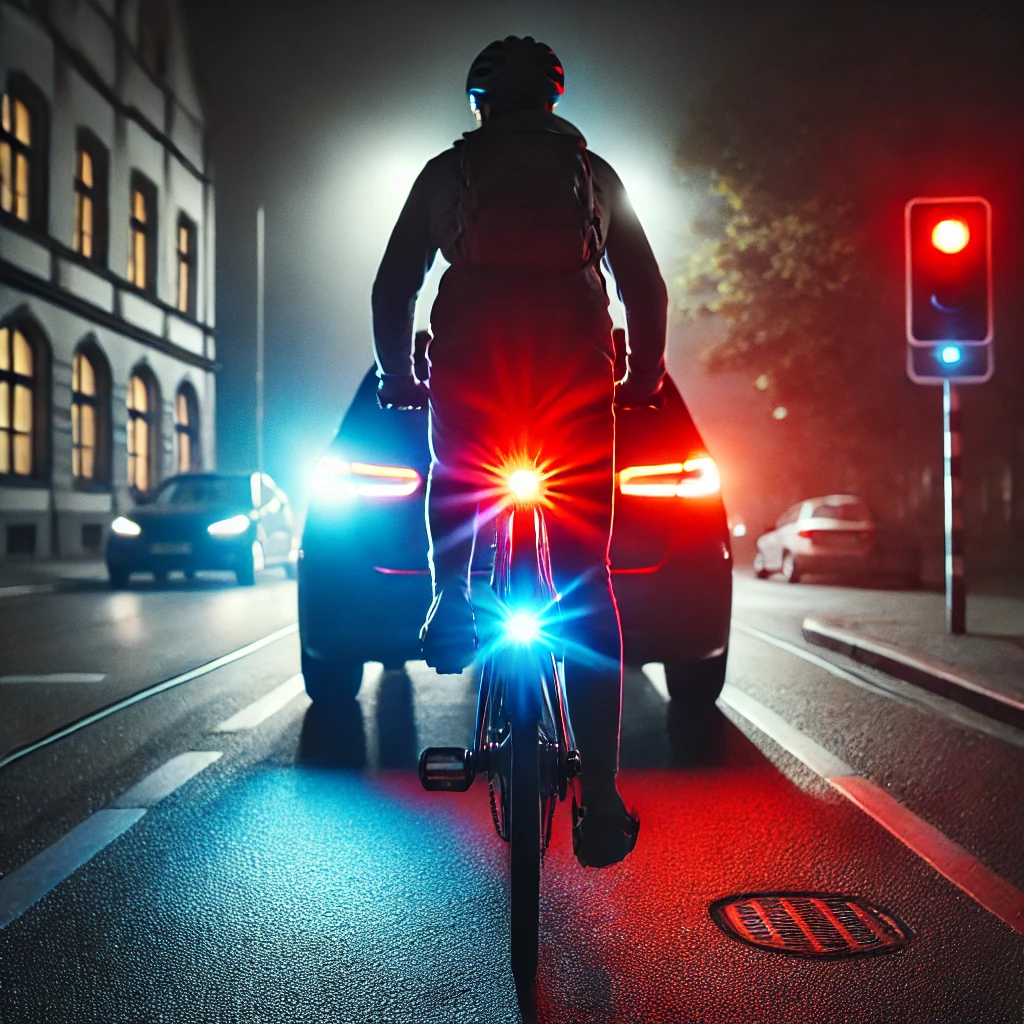
A cyclist using a tail light that alternates between red and blue would stand out more in low-light environments. The human brain quickly associates blue lights with caution and urgency, triggering more alert behavior from drivers. This combination of red and blue lights would make it easier for drivers to spot cyclists earlier, giving them more time to react and safely share the road. In environments where lighting is poor, such as rural roads, these lights could be the difference between life and death.
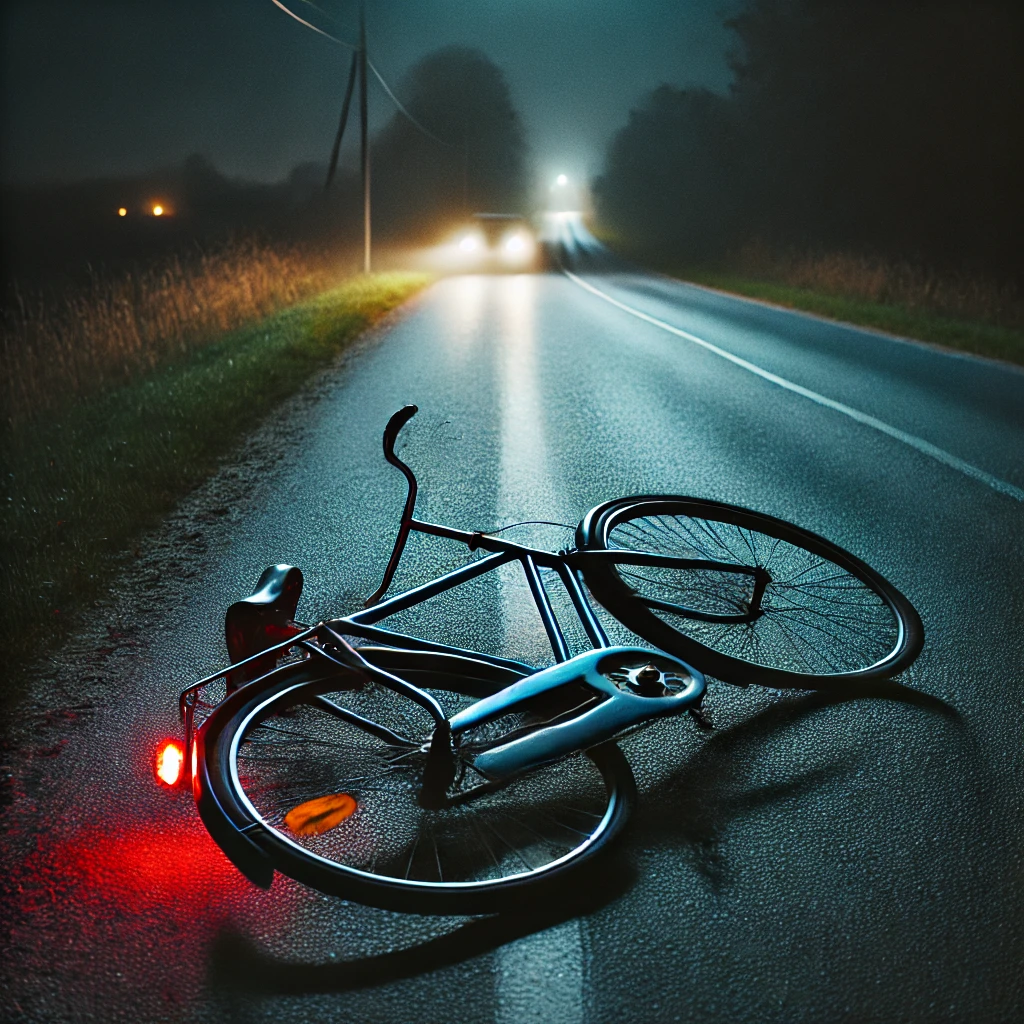
Reducing Nighttime Accidents
Statistics show that a disproportionate number of cycling accidents occur after dark, largely due to poor visibility. Drivers often do not see cyclists until it’s too late. By requiring flashing red and blue tail lights, cyclists would be significantly more visible to drivers, especially from behind.
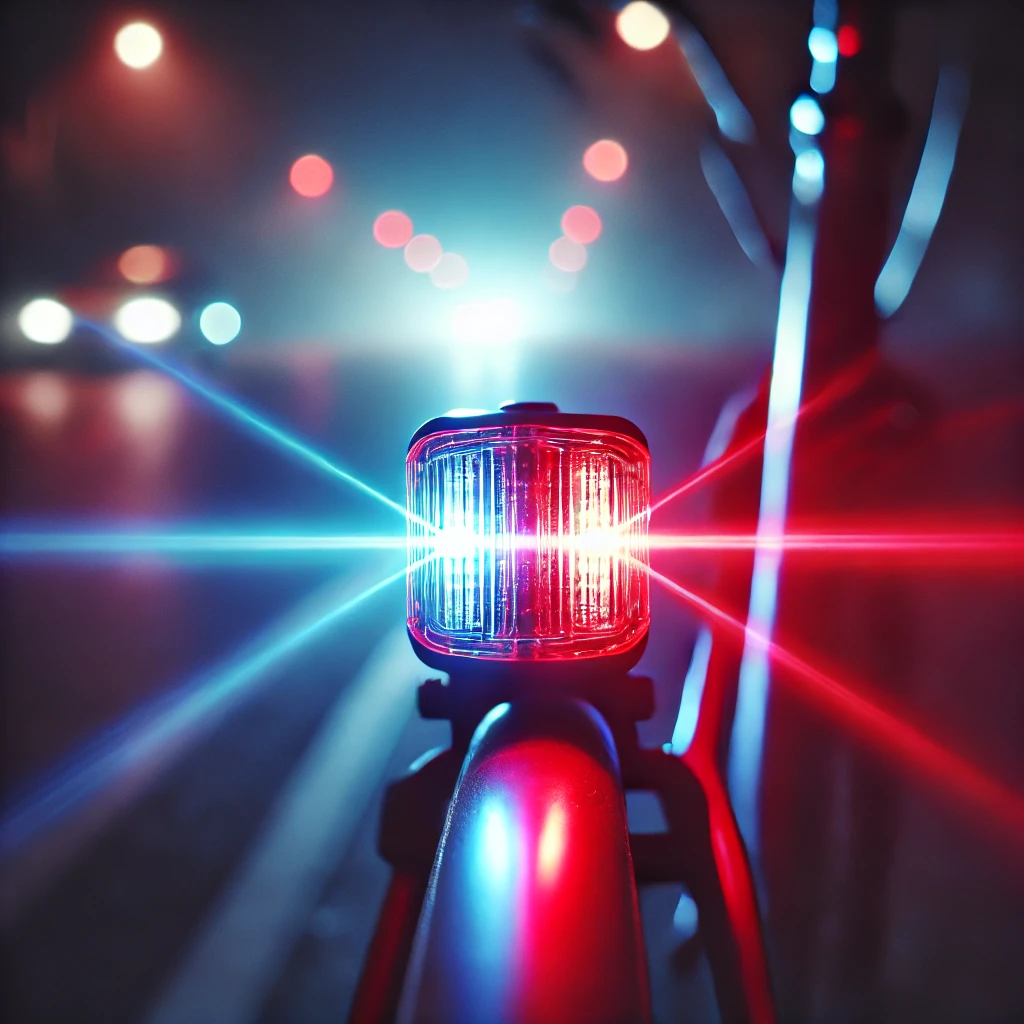
Drivers who see these lights from a distance would naturally slow down or give cyclists more space, reducing the likelihood of accidents. The flashing nature of the lights creates an added layer of attention, as they are far more noticeable than static lights or reflectors. The combination of blue and red lights can create a sense of caution in the minds of drivers, helping cyclists avoid dangerous situations altogether.
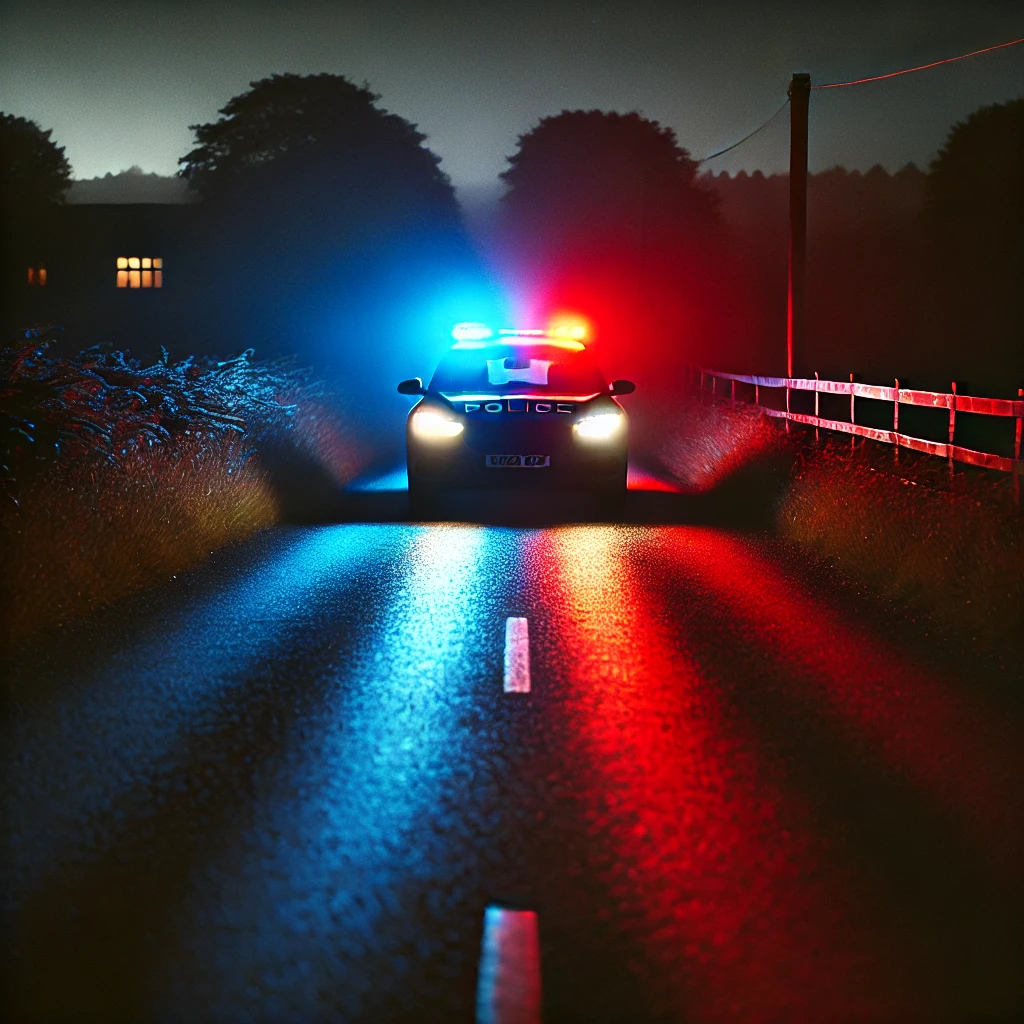
Addressing Concerns About Confusion with Emergency Vehicles
One concern is that the use of blue lights might confuse drivers, leading them to believe they are approaching an emergency vehicle. However, this confusion is actually a benefit rather than a drawback. Drivers typically respond to the sight of emergency vehicle lights by slowing down and driving more cautiously. This is exactly the kind of behavior that keeps cyclists safe, especially on narrow or dark roads.
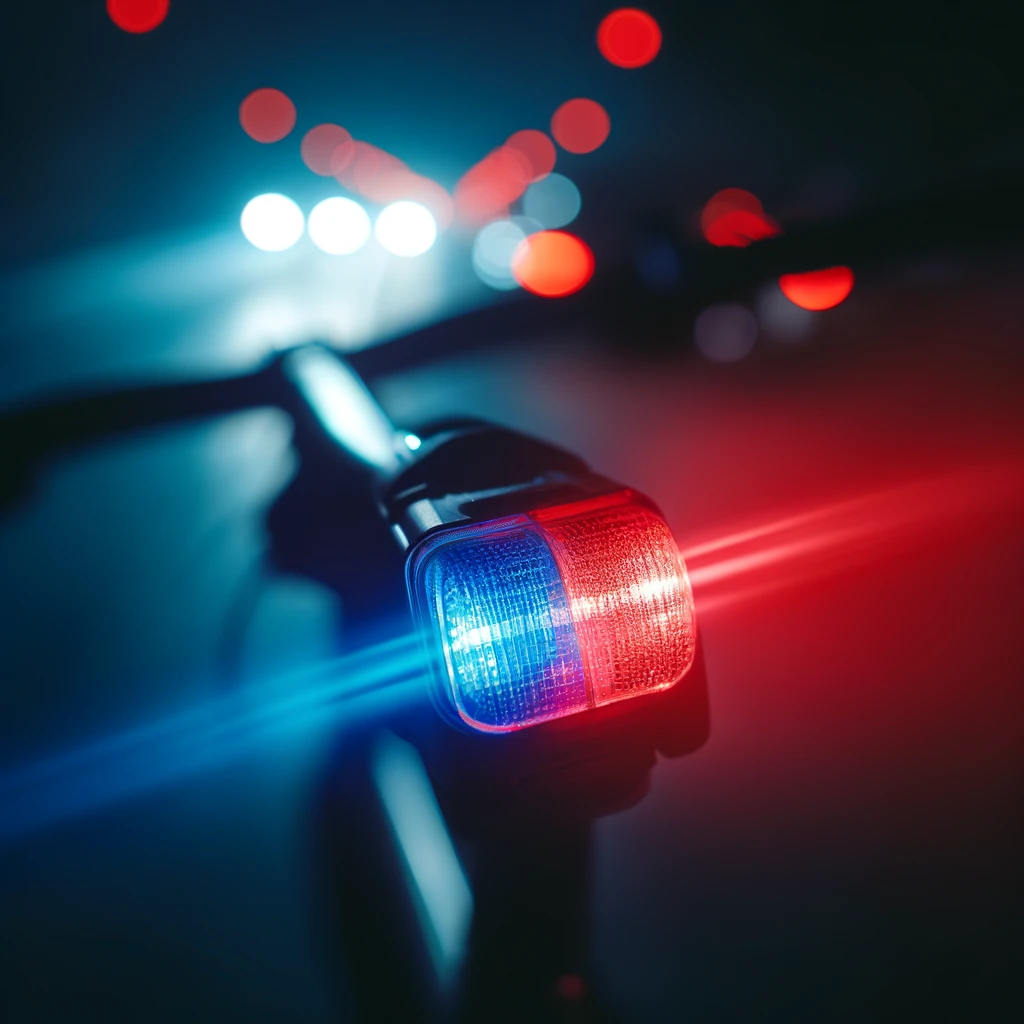
Since these lights would be rear-facing, there is no risk of drivers pulling over under the assumption that they are being stopped by police. Instead, the likely outcome is heightened driver awareness, which benefits cyclists in every scenario. The brief moment of hesitation and added caution by drivers could prevent countless accidents, making the roads safer for everyone.
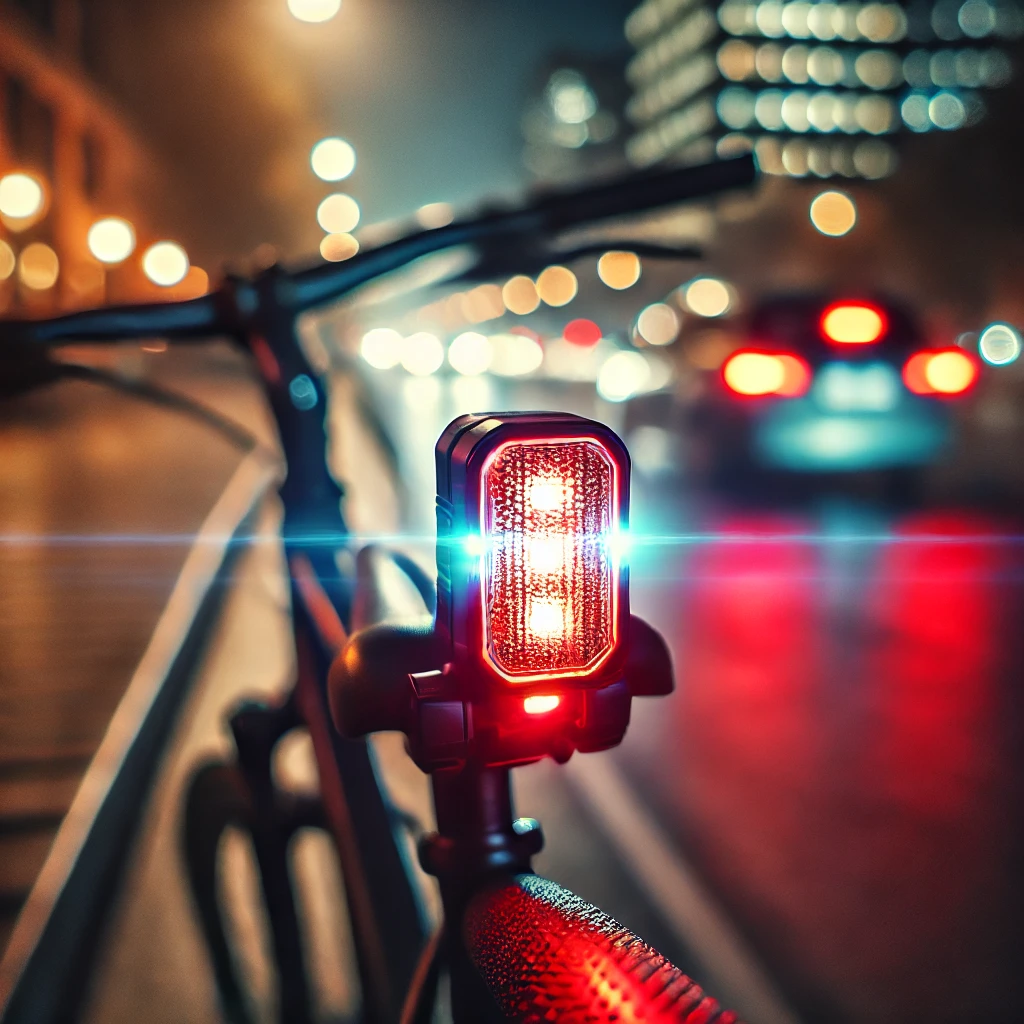
A Free Boost in Perceived Police Presence
In addition to the safety benefits for cyclists, there is another unanticipated advantage of requiring red and blue tail lights: a free boost in perceived police presence. The sight of blue lights, even when attached to bicycles, may cause drivers and pedestrians to think that a police officer is nearby. This creates a psychological effect where individuals believe they are being watched, which can lead to more cautious behavior in traffic or public spaces.
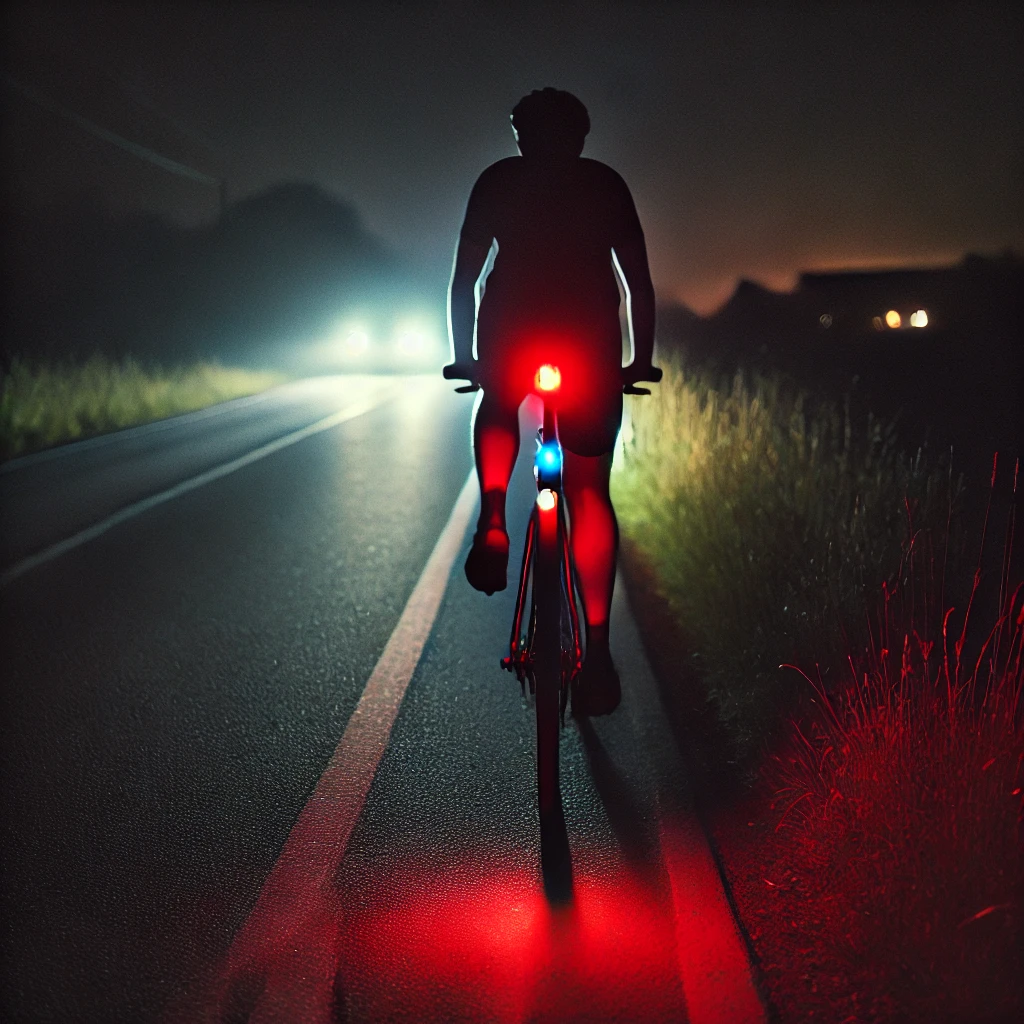
For cities and law enforcement agencies, this increased “police presence” would cost nothing. While actual police cars may not be patrolling the streets, the mere association with flashing blue lights may encourage drivers to obey traffic laws more strictly, especially at night. This added layer of perceived security could reduce instances of reckless driving or illegal activities, contributing to overall public safety.
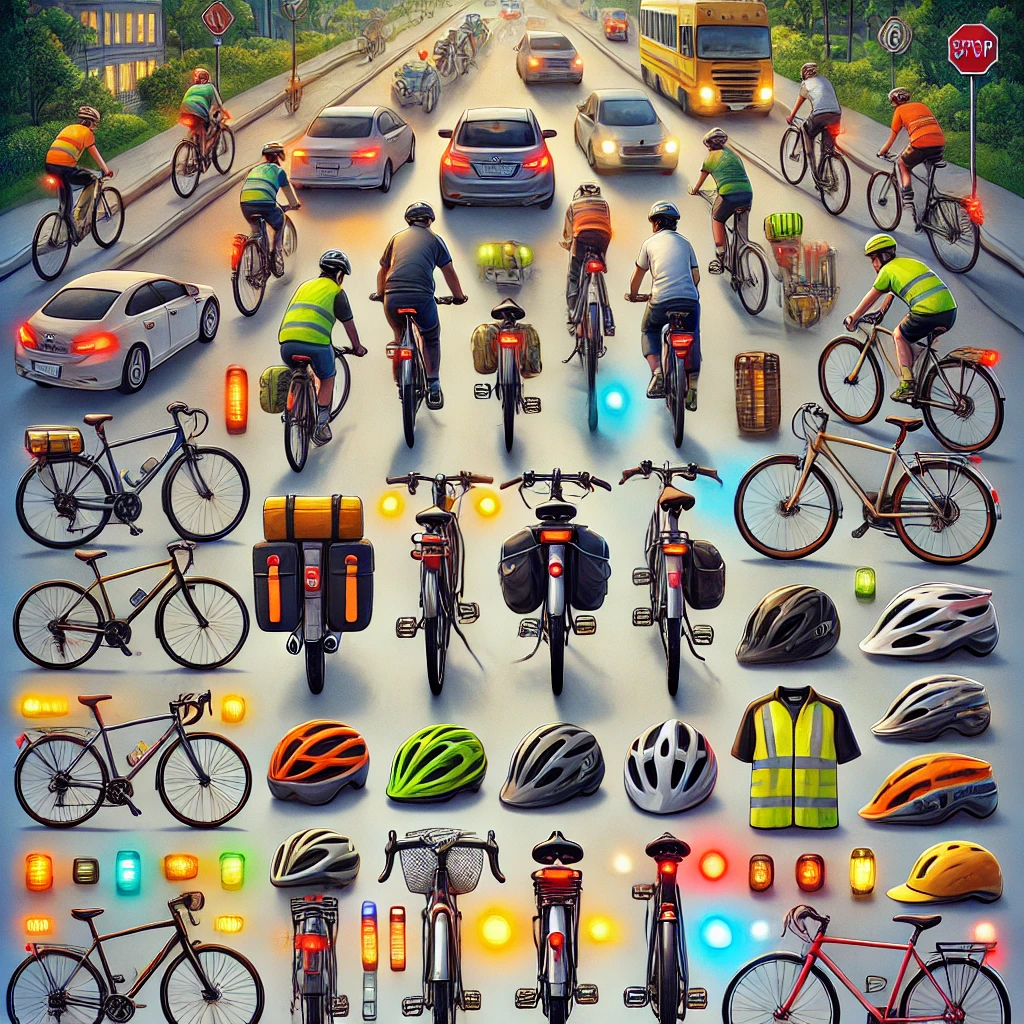
Promoting Uniform Safety Standards
Currently, bicycle safety equipment regulations vary by region. Some areas require front and rear lights, while others rely on reflectors. By mandating the use of flashing red and blue tail lights, safety measures for cyclists would become standardized, ensuring a consistent level of protection for all cyclists, no matter where they ride.

This change would also emphasize the importance of proactive safety practices. While helmets are essential for protecting cyclists in the event of a fall, the key to reducing accidents is preventing them in the first place. Increased visibility through mandatory lighting is one of the most effective ways to achieve this goal.
Requiring cyclists to use flashing red and blue tail lights at night is a low-cost, high-impact measure that could significantly reduce accidents. The enhanced visibility would make it easier for drivers to see cyclists, while the presence of blue lights could encourage cautious driving. As a bonus, the perceived increase in police presence could contribute to safer roads and neighborhoods, without any additional cost to taxpayers.

